Japan railway is the major mode of transportation in Japan, whether short-distance travel or long-distance one. Japan trains are not only useful and convenient for locals but also for foreigners. In most cases, cities in Japan rely greatly on their extensive railway services when traveling.
But in some cases, local buses can be much more convenient to take when traveling within the city. Kyoto, for instance, is a big city served by a railway system that needs to keep up with the influx of tourists from around the globe. In Kyoto, local buses have designated bus stops for most of the tourist attractions.
Generally, traveling by local buses in large cities, like Tokyo and Osaka, comes next after train transit. Some of these local buses can access small towns and national parks. It can even go as far as the countryside.
Using Local/City Buses
Note: This does not cover highway buses plying long-distance routes. This only covers local buses traveling short distances.
Riding the local bus in Japan can be a bit intimidating, especially for tourists. Some companies provide English translation for the timetables, signage, and announcement; however, the majority of them still have them in Japanese. Also, the ticketing system varies, as well as boarding and alighting process. This can be confusing, which makes it all the more challenging to ride the bus. To give you an idea of how the local buses USUALLY operate, here is a walkthrough.
- Boarding. Enter through the rear door.
- Ticketing. Upon entering, you will see a machine near the door. Take your ticket and find a seat.
- In transit. While on board, check the electronic display in front, near the driver’s seat. It shows the name of the next bus stop and the different fares for that stop.
- Determining your fare. Check the number code on your ticket and look for the same number code on the sign board/display. You will see the corresponding fare (in Japanese Yen).
- Approaching your destination. When the bus is nearing your stop, let the driver know that you will get off by pressing one of the signal buttons.
- Paying the fare. Prepare the exact amount and the ticket. Drop them into the transparent box next to the driver. Don’t worry if you don’t have the exact fare or you have larger bills; the buses are equipped with changing machines.
- Alighting. Exit at the front door after paying your fare.
Exceptions:
- Some city buses, like in Kyoto and Tokyo, have a flat rate instead of a flexible fare. No matter how far you’ve traveled, the fare is the same.
- For these buses with a flat rate, the set up is quite different. You will have to enter through the front door and pay the flat fare. Getting off the bus, you have to exit through the rear door.
Tips:
- Because English translations are not always available, it’s better to know or familiarize yourself with the kanji version of your stop or destination
- If you have an ICOCA Card or other similar commute cards, you don’t have to worry about computing your fare. You just have to tap your card on the sensor when entering and leaving the bus.
- Some local buses are covered by the JR Pass. These buses are marked with “JR” logo. JR buses run in several prefectures: West Japan, Hokkaido, Tohoku, Kanto, Tokai, Shikoku, Chugoku, and Kyushu.
- Please follow bus rules and regulations. Practice bus etiquette.
Japan Key Cities
 Tokyo |
 Osaka |
 Kyoto |
 Nagoya |
 Sapporo |
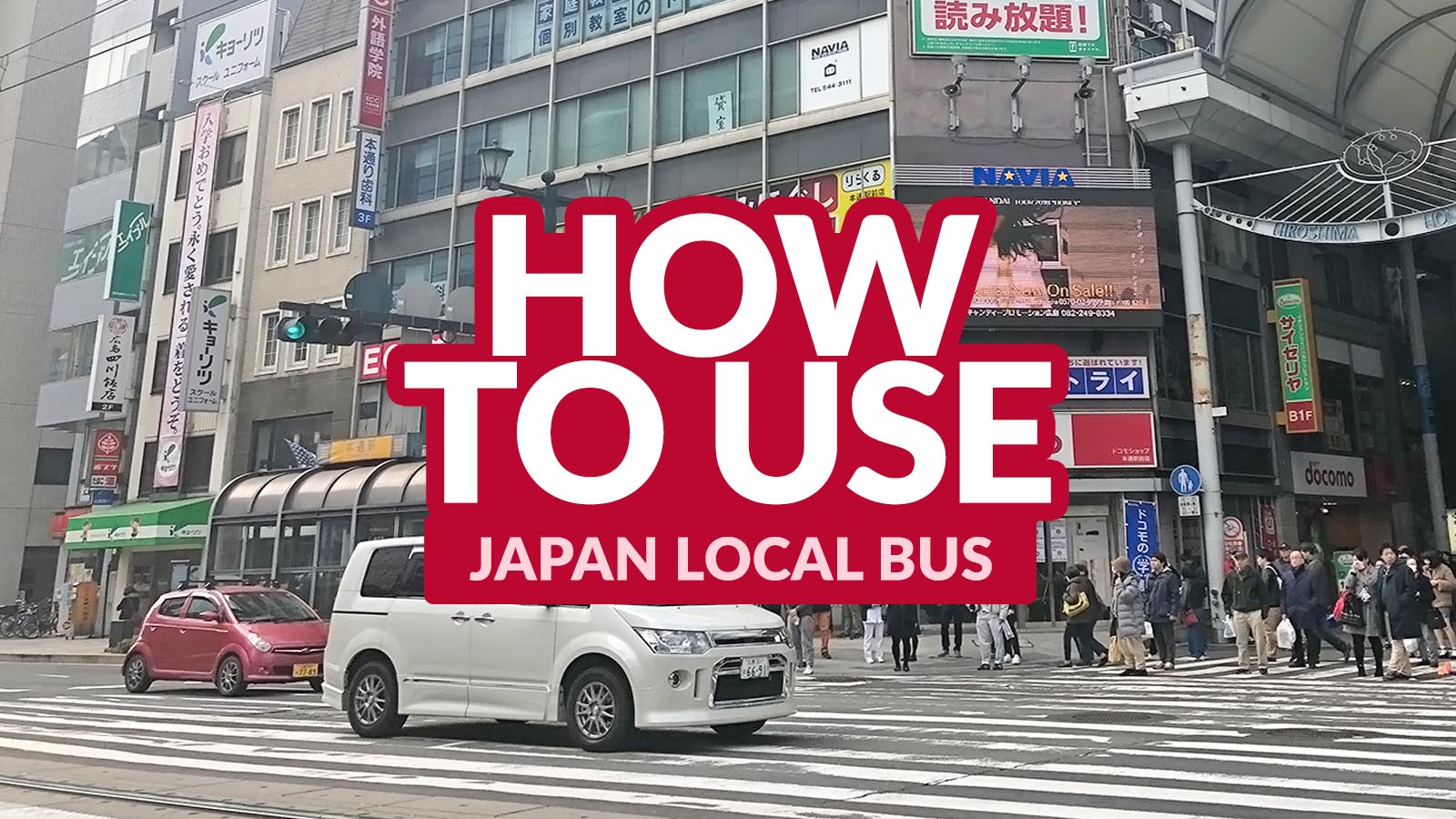
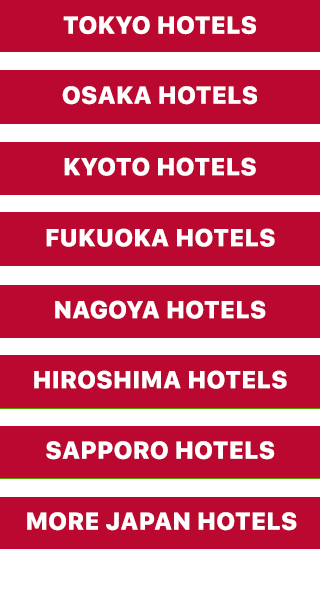






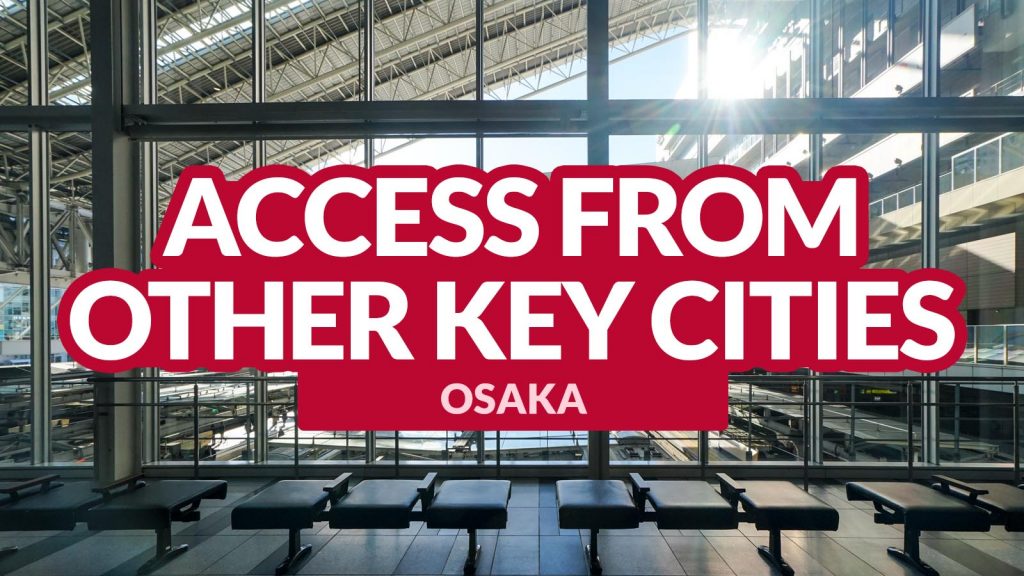

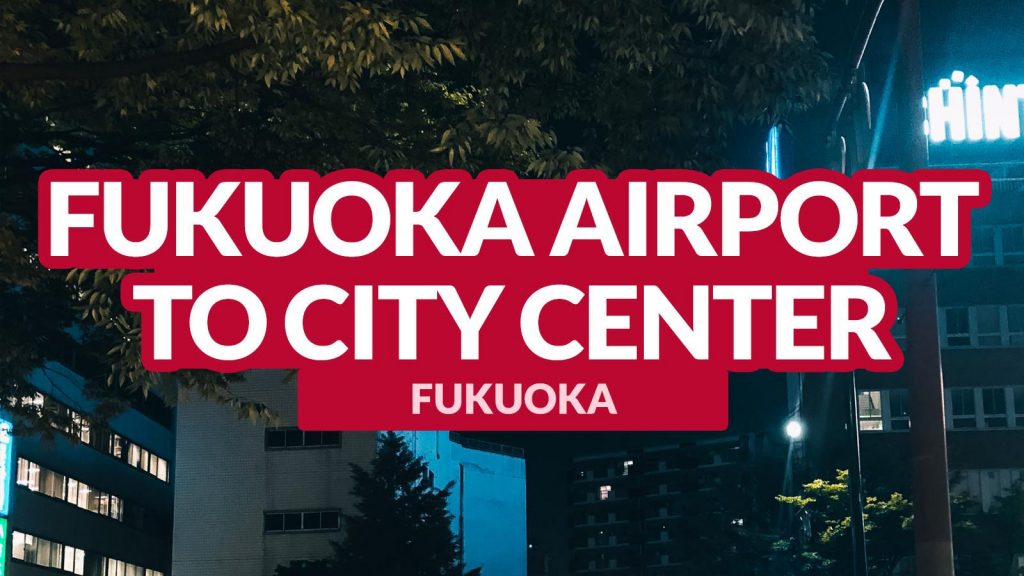
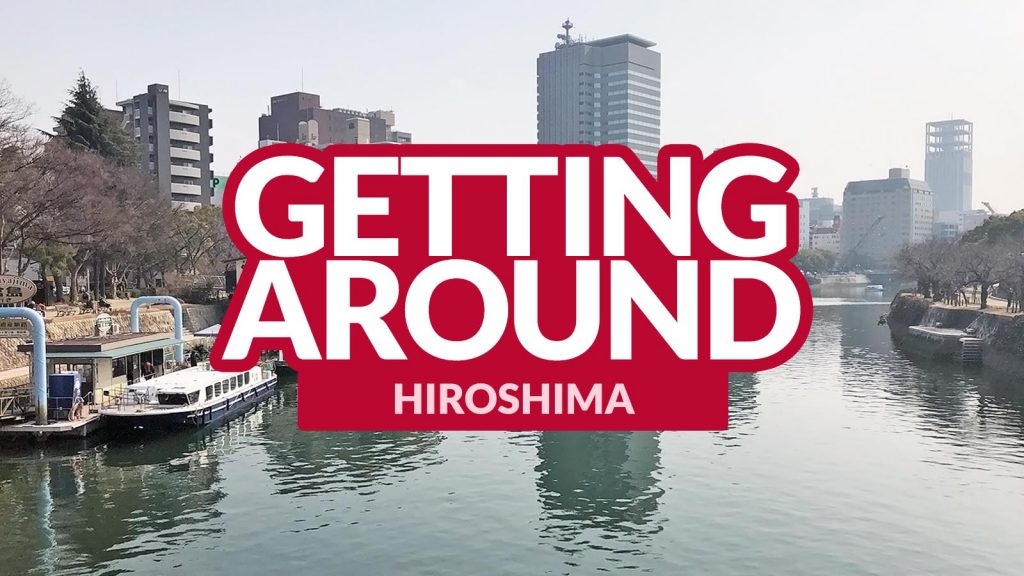
Comments